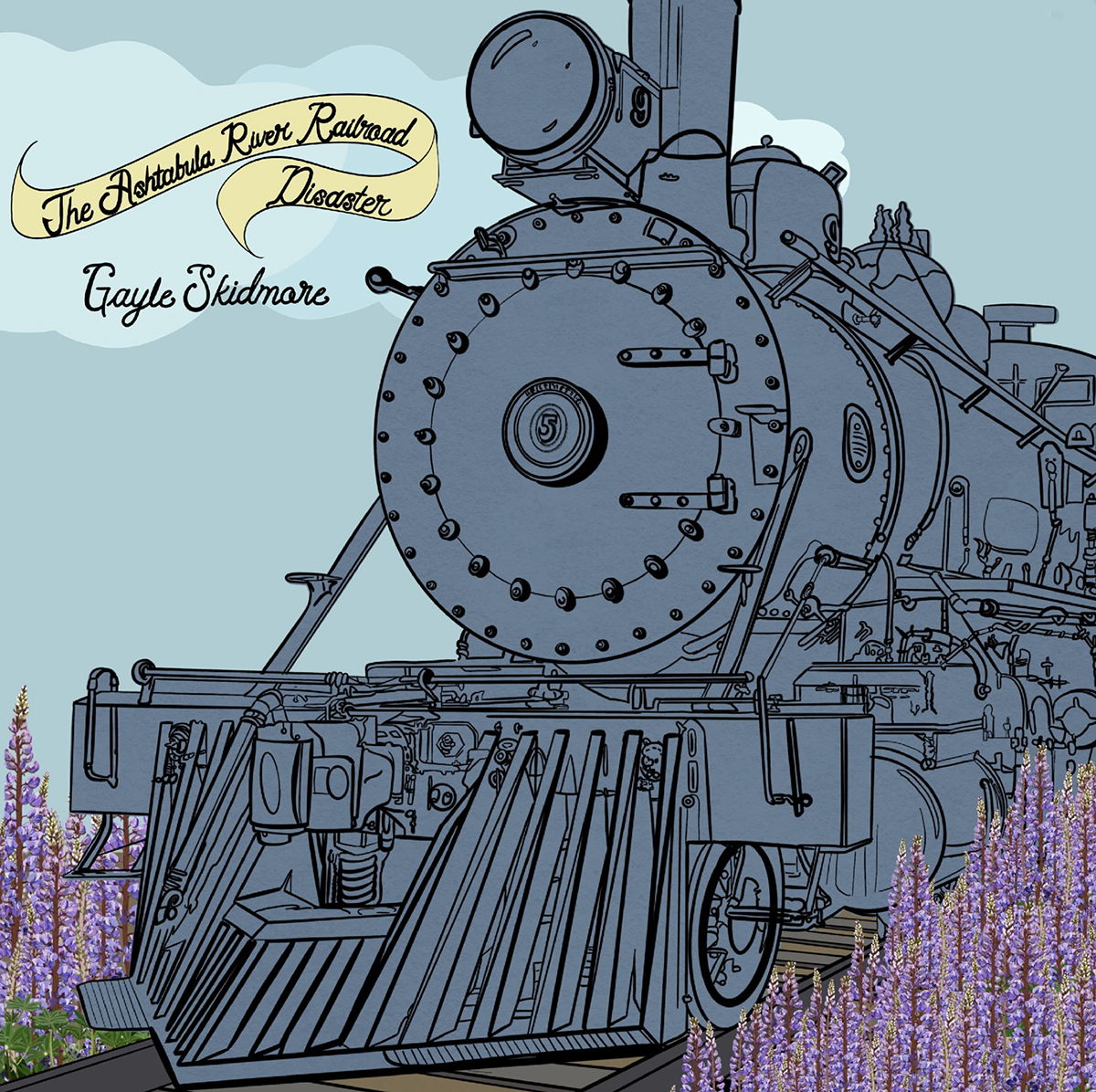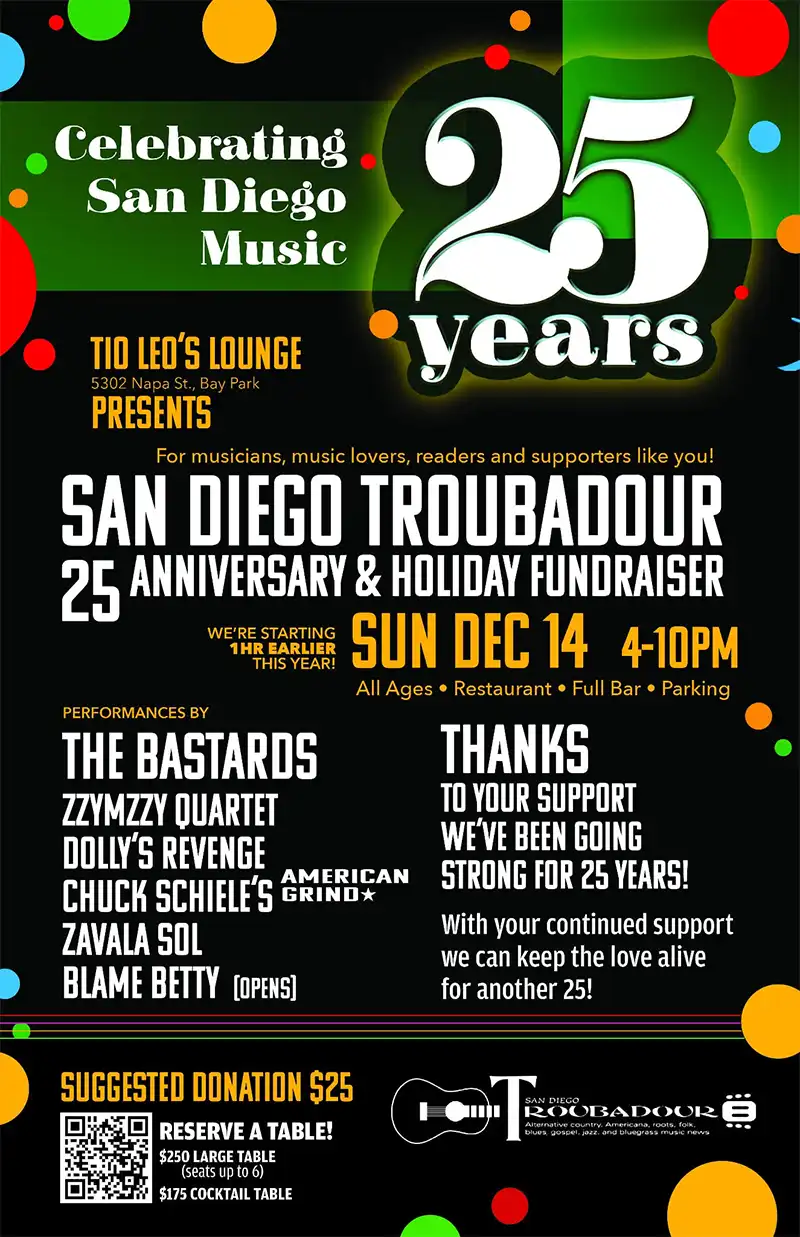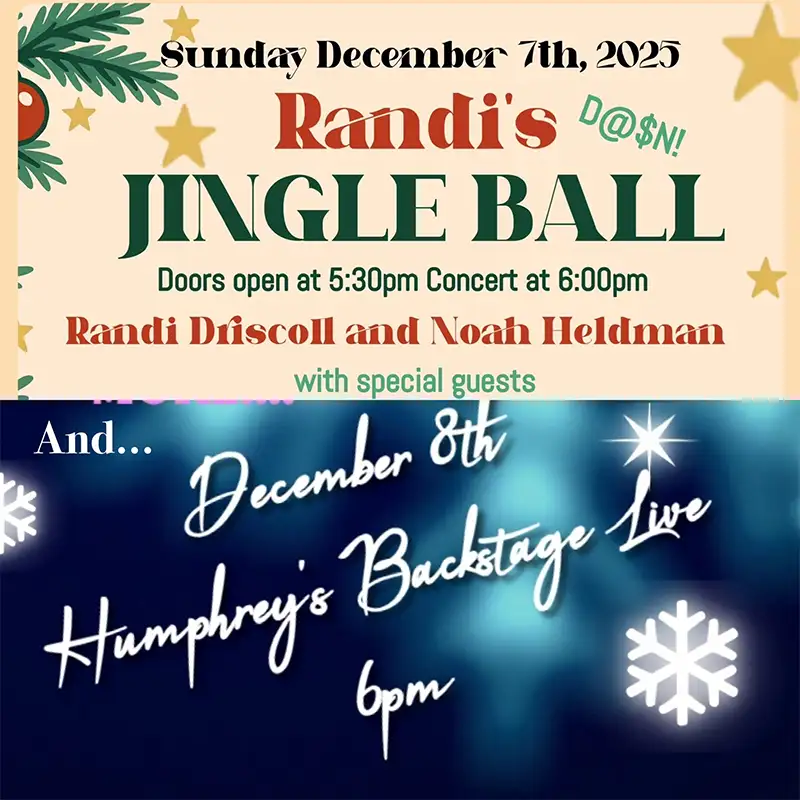CD Reviews
GAYLE SKIDMORE: The Ashtabula River Railroad Disaster

How has it possible that it’s been 20 years since Gayle Skidmore released her debut EP?
In the intervening years, Skidmore has specialized in EPs and singles, with only a handful of full-length albums. In fact, this may be just her fifth full-length recording. (A few of them could be classified as either EP or LP, making counting them complicated.) No matter the length, each release has been a fully realized, self-contained gem of a singular musical vision. But that vision is tied to neither genre nor style—she writes, performs, and records where her muse leads.
Still, even for an artist who has moved seamlessly from folkie singer-songwriter on her initial releases to Latin dance pop for 2022’s single “Viva La Vita,” the music contained on her latest release is, well, unexpected. The Ashtabula River Railroad Disaster is unlike any of her earlier work: it’s a deeply thoughtful solo piano outing. “New Age” would the closest approximation to how a label would market it—but it’s a lousy fit given that much (perhaps most) of what is marketed as New Age is aimlessly pleasant navel gazing while Skidmore’s pieces here all have a deliberate narrative structure. (Still, fans of Liz Story’s early work are likely to find much to enjoy here, given that New Age was always a lousy appellation for Story as well.)
Skidmore’s playing here is possessed of an old-timey charm, a touch of nostalgia, equal parts longing and regret. It’s the sound of an old photograph with faded colors, perhaps captured best on “Ashes in the Snow.” Plaintive, haunting, lovely, it’s the sort of music that might serve as soundtrack to an Anita Brookner novel.
While the title track sounds like something from an old John Fahey album (as does “The Last Farewell of Charles Collins and Amasa Stone” and “From the Yokohama to the Palatine”) the other song titles are more conventional, such as “The First Flakes of Snow,” “Among the Wreckage,” and “The Wildest Winter Night.”
The album closes strongly with “A Hymn for the Lost,” which opens with a chord progression straight from Sunday services and then extrapolates on the melodic theme in the structure of a hymn. It is beautiful, with a melody that is likely to reside in your head long after the last piano note has faded.






